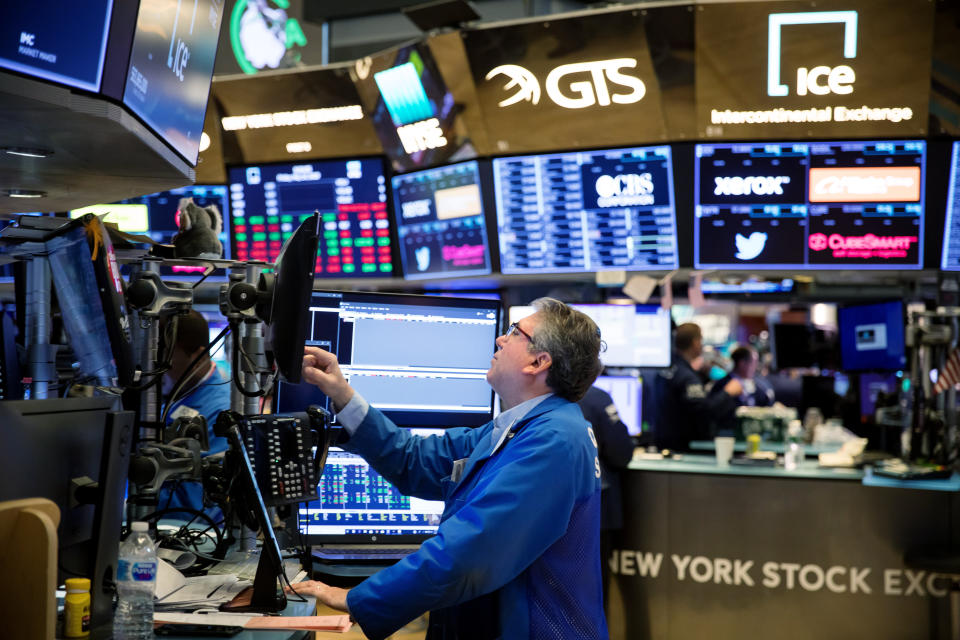Here’s more evidence that the bond market isn’t on the same page as the Federal Reserve

The bond market and the Federal Reserve aren’t in sync.
The 10-year Treasury (^TNX) yield has fallen below the 3-month Treasury bill yield for the past three weeks in a row. This is known as an inverted yield curve, which historically has preceded most recessions. With long-term rates below shorter-term rates, banks have less of a financial incentive to lend money — and slower bank lending can halt economic activity.
Since the Fed’s latest rate hike from December of 2018, the Fed funds rate currently stands at a range of 2.25% to 2.5%.
Yet, the 10-year Treasury yield has fallen below that threshold.
“The entire Treasury yield curve from the 10-year to the two-year yield is now below the Fed’s policy rate, a warning signal to monetary policy makers,” wrote Michael Darda, chief economist & market strategist at MKM Partners, in a note to clients.
If this trend is exacerbated by a weakening economy or worsening effects from the trade war with China, the Fed will have to adjust its policy, according to Darda.
“Rate cuts that come sooner and more forcefully than expected will likely work better to keep the economy on an even keel,” Darda said.
The markets seem to agree with Darda. Investors are pricing in a more than 80% chance that the Federal Reserve cuts interest rates by December, according to Fed Funds futures data.
“Dilatory and tepid action may not work at all,” Darda said.
Still, just because the 3-month/10-year yield is inverted, Darda isn’t in the recession camp just yet. “We will still wait until our preferred measure, the 10s-1s Treasury yield curve spread, inverts on a monthly average basis to move into the recession camp,” he noted.
Other Wall Street analysts are also reluctant to sound the recession alarm just because of the inversion.
“The inversion is only relevant when it is significant — there have been nibbles at inversion that told us nothing in the past,” wrote Societe Generale’s Kit Juckes, in a note to clients.
Scott Gamm is a reporter at Yahoo Finance. Follow him on Twitter @ScottGamm.
More from Scott:
What the plunging 10-year Treasury yield says about the economy and stock market
Why one top strategist is bullish on tech even with lingering trade worries
Follow Yahoo Finance on Twitter, Facebook, Instagram, Flipboard, LinkedIn, and reddit.

 Yahoo Finance
Yahoo Finance 
